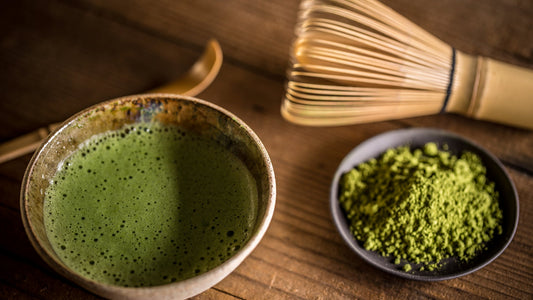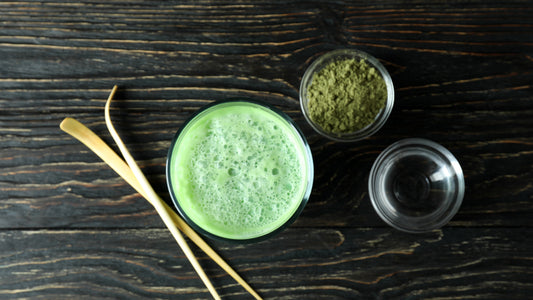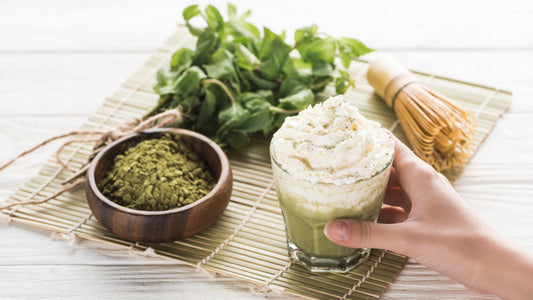Mushrooms are more than just a culinary delight; they are also a powerhouse of medicinal properties that have been tapped into for centuries. Today, with the rising popularity of mushroom supplements, understanding the different parts of a mushroom, particularly the difference between mycelium and fruiting body, is crucial for anyone looking to benefit from their therapeutic properties. This article dives deep into the anatomy of fungi, exploring the roles of mycelium and fruiting bodies, and addresses the debate over which part of the mushroom is better for supplementation.
What is a Fruiting Body Mushroom?

Mushrooms are the fruiting bodies of fungi, which means they are the reproductive structures that grow above the ground. The fruiting body is the part of the fungus that most people are familiar with—it’s the stem, cap, and gills that you see sprouting from the soil in forests or on your pizza. These structures release spores, which allow the fungus to reproduce and spread.
Fruiting bodies mushrooms are dense with nutrients and bioactive compounds, particularly polysaccharides such as beta-glucans, which have been shown to boost immune function. They also contain other beneficial substances like antioxidants, vitamins, and minerals that are essential for human health.
Mycelium vs. Fruiting Body – Is Mycelium Better than Fruiting Body?

The debate between using mycelium vs fruiting bodies in supplements centers around the concentration and range of bioactive compounds each offers. Here are the main points of contention:
Nutrient and Compound Density
Mushroom fruiting bodies are generally considered to be richer in key bioactive compounds, especially polysaccharides like beta-glucans, which are known for their immune-modulating effects. Many studies that have demonstrated the health benefits of mushrooms have used extracts from fruiting bodies, which tend to have higher concentrations of these beneficial compounds compared to mycelium. For those looking for high-quality supplements, products made from the best fruiting body mushroom supplements are often recommended.
On the other hand, mycelium contains its own unique set of metabolites, which can also support health. However, when mycelium is commercially produced for supplements, it is often grown on grain substrates. This can result in products where the mycelium is mixed with the grain, potentially diluting the concentration of fungal-derived compounds.
Cost and Accessibility
Mycelium is quicker and less expensive to produce than fruiting bodies, which require more time and specific growing conditions to develop. This makes mycelial products more accessible and often cheaper, although they may not always deliver the same potency of key mushroom-derived compounds as products made from fruiting bodies.
Scientific and Anecdotal Evidence
Most scientific research on the health benefits of mushrooms, particularly studies linked to cancer treatment, immune system support, and anti-inflammatory effects, has focused on the fruiting bodies. This is largely because the compounds of interest, like beta-glucans, are found in higher concentrations in this part of the mushroom.
What is the Role of a Fungus's Fruiting Body?
The primary role of a fungus’s fruiting body is reproduction. The fruiting body produces spores that are released into the environment to propagate the species. Beyond this biological function, the fruiting body serves as the main site for the synthesis of a range of bioactive compounds beneficial to human health. These compounds include not only immune-supporting polysaccharides but also antioxidants that protect cells from damage, anti-inflammatory substances that help manage pain and swelling, and even antimicrobial agents that can fight infections.
Are Fruiting Body Mushrooms Better?
Given the higher concentrations of medicinal compounds found in fruiting bodies compared to mycelium, many experts in the field of mushroom supplements recommend choosing products made from fruiting bodies for maximum health benefits. However, mycelium also has its place, especially in supporting the fungal life cycle and contributing to the ecosystem.
When choosing a mushroom supplement, consider the following:
- Source: Opt for supplements that specify they use fruiting bodies if you are looking for high levels of beta-glucans and other bioactive compounds. For example, lion's mane fruiting body supplements are highly regarded for their cognitive benefits.
- Extraction method: Look for products that use extraction methods capable of breaking down the cell walls of the mushrooms, making the active compounds more bioavailable.
- Third-party testing: Choose products that have been tested by independent third parties for potency and purity.
Mush Mouth Uses Fruiting Body Mushrooms:
In both our Mushroom Matcha and Amanaita Muscaria Gummies we opted to use the fruiting body to create a higher quality, more bioavailable product for our customers. We also have our products third-party tested to verify purity. Find out why our products are the best fruiting body mushroom supplements, giving you top health benefits and quality for your wellness.
Conclusion
Understanding the differences between fruiting body vs mycelium helps consumers make informed decisions about their health supplements. While both parts of the mushroom have beneficial properties, fruiting bodies generally offer higher levels of the compounds most associated with health benefits. Whether you choose a product made from fruiting bodies or mycelium, the key is to look for quality and transparency in how the supplements are produced and tested, ensuring that you are getting a product that is both effective and safe.
For those interested in a holistic approach to health, incorporating both fruit body cleanse detox methods and mushroom supplements can offer comprehensive benefits.




